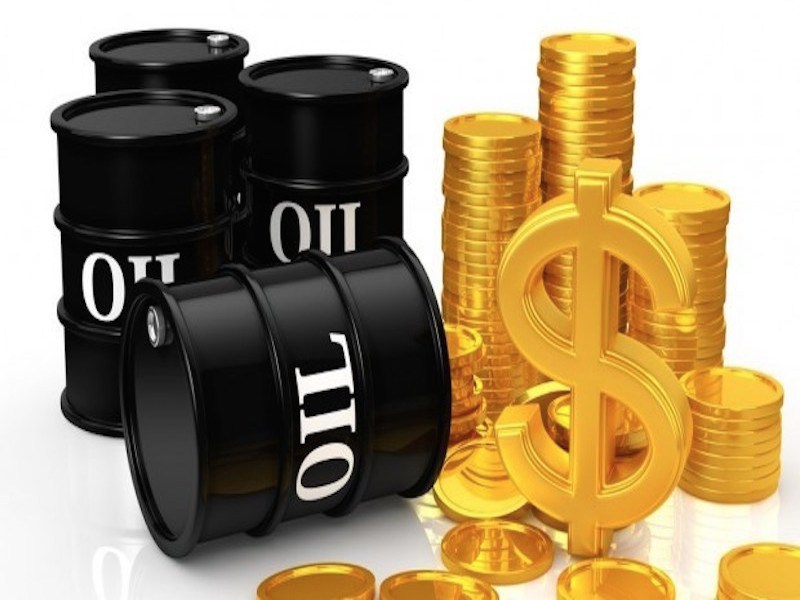Due to continued ambiguity surrounding the date of the US Federal Reserve’s (Fed) interest rate decrease, which fueled fears about demand in the nation that consumes the most oil worldwide, oil prices fell on Thursday. In addition, the strong US dollar increased oil prices ahead of this weekend’s OPEC+ meeting.
After ending at $83.43 per barrel during the previous trading session, Brent crude traded at $83.24 per barrel, a decrease of 0.22%. At the same time, the U.S. benchmark West Texas Intermediate (WTI) was trading at $79.06 per barrel, down 0.96% from the previous session’s closing price of $79.83.
Yesterday, European gas prices were pressured, marking a long-overdue correction amid gloomy sentiment, while crude oil prices rose further in response to the recent escalation of Middle East tensions.
However, market prices reverse on Thursday, influenced by data from the Federal Reserve’s Beige Book, which compiles data on current economic conditions from the central bank’s 12 districts nationwide. The data indicated that the overall economic outlook has somewhat deteriorated.
Analysts predict that the US GDP, which is expected to be released on Thursday, will reveal the Fed’s next moves.
However, experts fear that the Fed will cut its policy rate later than expected to put downward pressure on oil prices, as high interest rates boost the value of the US dollar, making oil more expensive for holders of other currencies.
The US dollar index, which measures the US dollar’s value against other currencies, rose 0.01% to 105.12 from the previous closing session of 105.10.
Conversely, data released by the American Petroleum Institute (API) late on Tuesday showed a decrease of 6.49 million barrels in US crude oil reserves, against the market expectation of a draw of 1.90 million barrels.
The large drop in commercial crude inventories signals strengthening national demand to limit further price decreases. The US Energy Information Administration (EIA) will release official inventory data later in the day.
Meanwhile, market players are waiting for the meeting of the OPEC+ group, the Organization of the Petroleum Exporting Countries (OPEC), and allies on June 2 to see if the group will continue with its output curtailment policy.














